
The UN Secretary-General at COP 29: "the Loss and Damage Fund is not enough!"
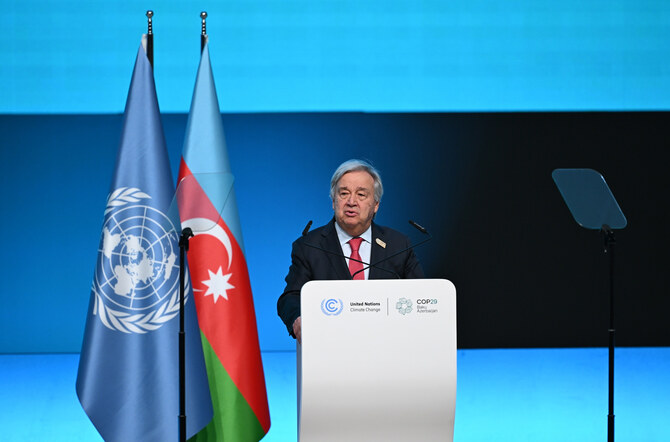
At the launch event for the High-Level Dialogue on the Complementarity and Coherence of Loss and Damage Funding Arrangements at COP29, the UN Secretary-General delivered a powerful address on the urgent need for sustained, adequate climate finance. His remarks underscored the immediate need to address loss and damage as a global priority—driven by the reality of escalating climate disasters and the responsibility to protect vulnerable communities that contributed the least to the crisis.
The Growing Toll of Climate Change
With a striking emphasis on recent climate data, the Secretary-General highlighted that the past year, month, and even day have been record-breaking in terms of global temperatures. These milestones mark environmental records and signal profound socioeconomic impacts worldwide. Climate disasters are increasingly devastating economies, costing lives, livelihoods, and halting development in regions that are already disadvantaged. Particularly alarming is the impact on those least responsible for emissions but hardest hit by their effects. The fossil fuel industry, often subsidized and immensely profitable, is a notable contrast to these affected communities—a discrepancy the Secretary-General framed as a fundamental injustice.
The Loss and Damage Fund: A Victory, but Not Enough
Establishing the Loss and Damage Fund is a significant win for developing countries and the principles of multilateralism and climate justice. However, the Secretary-General stressed that the initial 0 million capitalization is insufficient in the face of the actual costs borne by vulnerable nations. For instance, he noted that the figure barely scratches the surface of the damage sustained by countries like Viet Nam after Hurricane Yagi, which caused losses far exceeding the Fund’s initial capital. He urged for increased contributions and a serious commitment to scaling finance that matches the scope of the climate crisis.
Calls for New and Innovative Sources of Climate Finance
Acknowledging the limitations of traditional bilateral aid, the Secretary-General pushed for a new climate finance paradigm. He encouraged countries to set ambitious new climate finance goals, calling for the adoption of innovative funding sources, including:
- Solidarity Levies on high-emission sectors such as shipping, aviation, and fossil fuel extraction to finance climate resilience efforts.
- Carbon Pricing, which would hold polluters accountable and generate revenue for climate mitigation and adaptation.
- Enhanced support for Multilateral Development Banks (MDBs) to expand their lending capacity and better support climate adaptation projects in developing countries.
He argued that these solutions would address the scale of the climate crisis and more equitably distribute financial responsibility across industries and countries.
A Moral Imperative
Framing the issue as a matter of justice, the Secretary-General reiterated that loss and damage finance is not simply an optional contribution but a global obligation. In his final call to action, he urged governments to take swift and decisive action on this issue, placing the responsibility of climate resilience and justice at the forefront of their financial and policy agendas.
In conclusion, the Secretary-General’s remarks serve as a powerful reminder of the interconnected nature of climate justice and finance. His speech in Baku underscored that while creating the Loss and Damage Fund is a notable achievement, it is only the first step in a long journey toward equitable and sustainable climate action. For lasting impact, he argued, we need innovative funding, increased contributions, and a collective commitment to the values of fairness and responsibility in the face of a warming world.





.jpg) Equipe de rédaction
Equipe de rédaction 


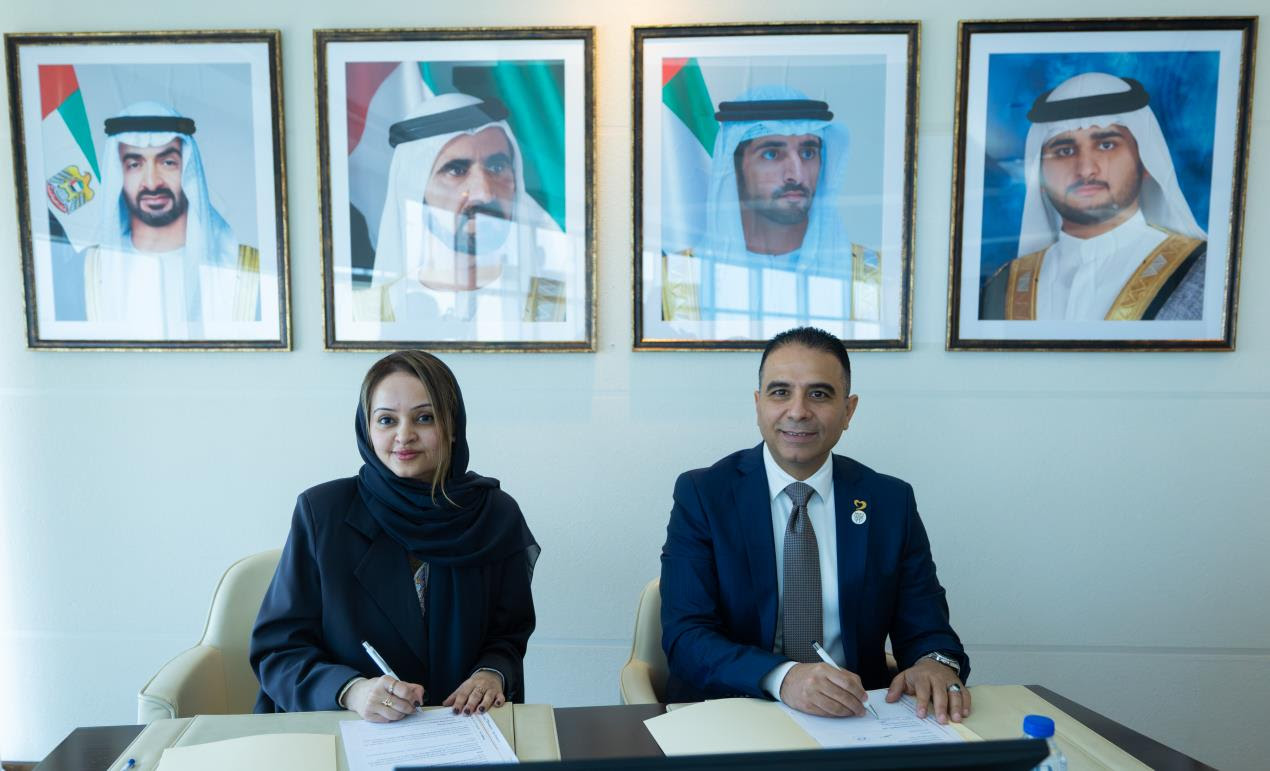







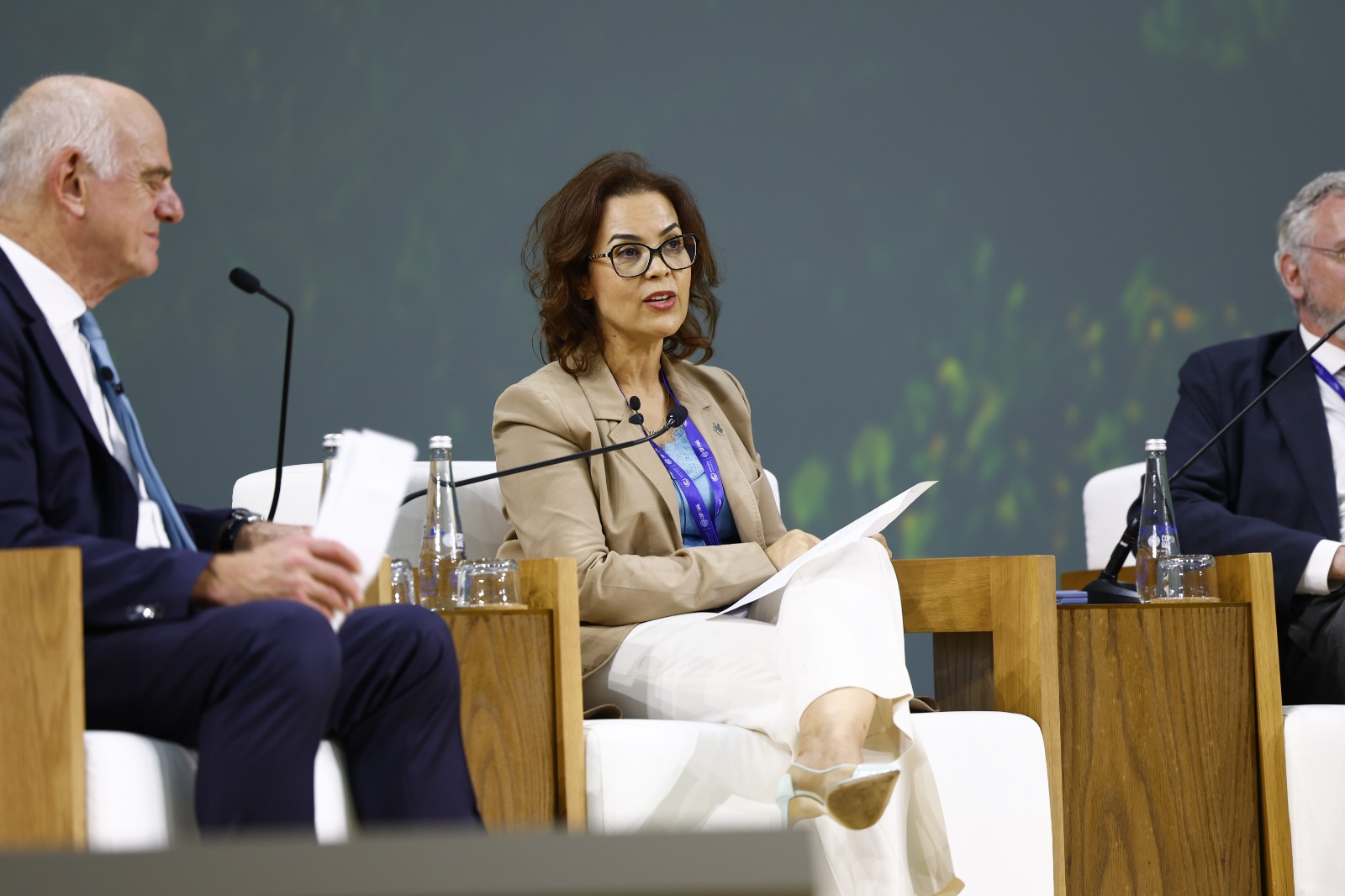
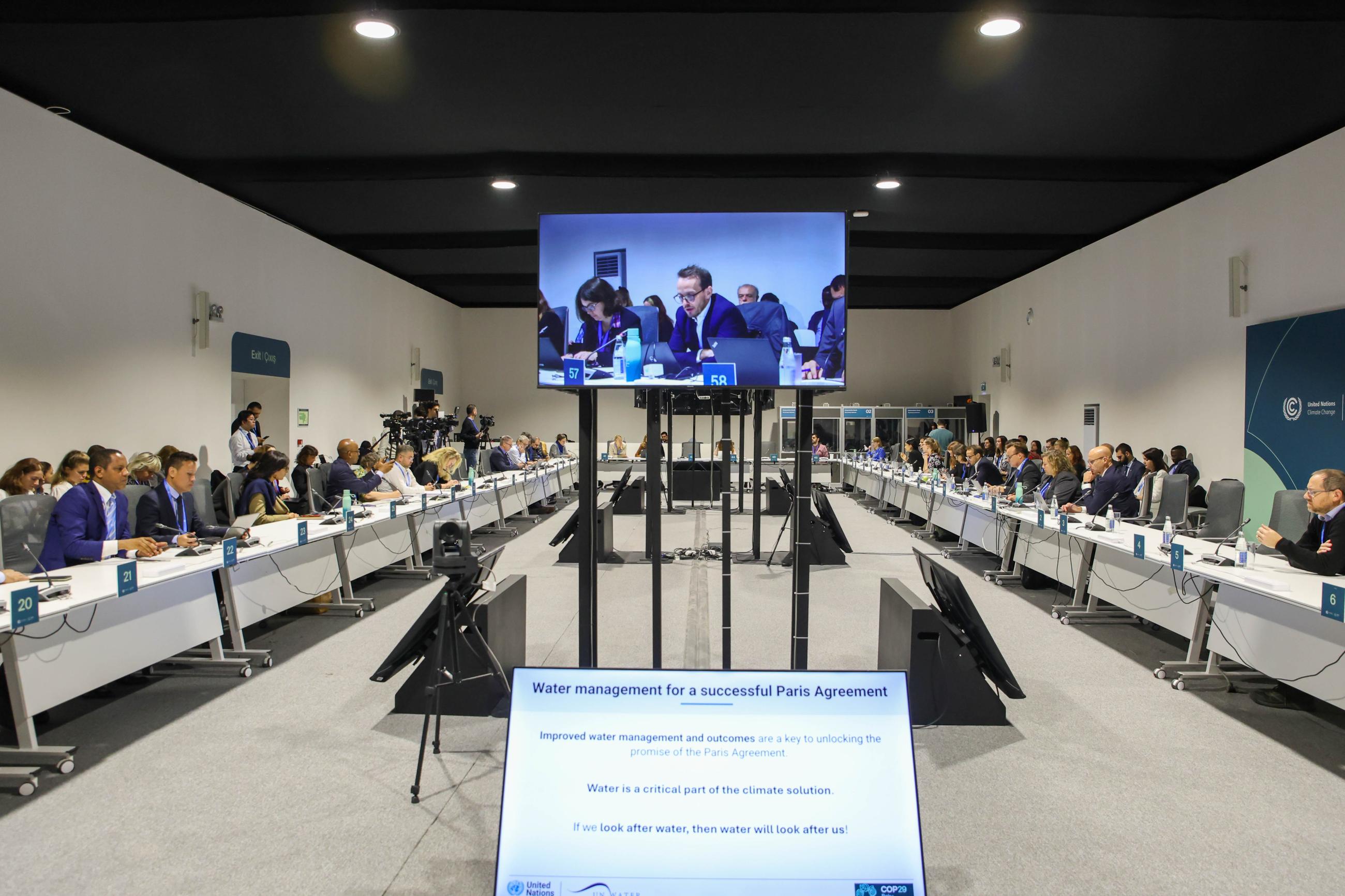


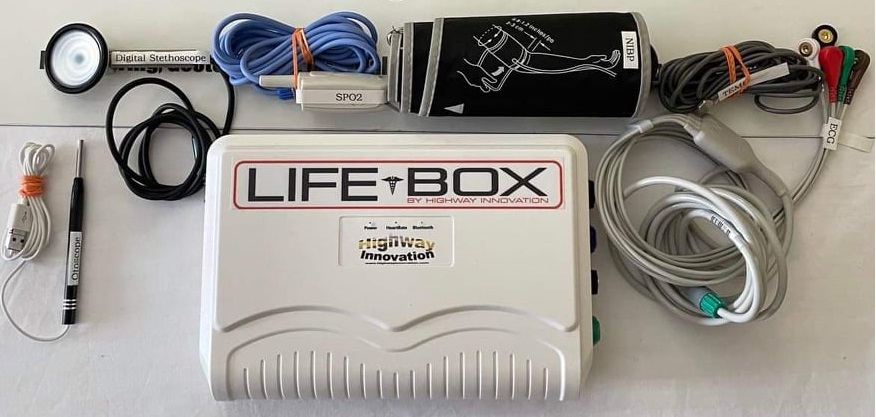


.jpg)
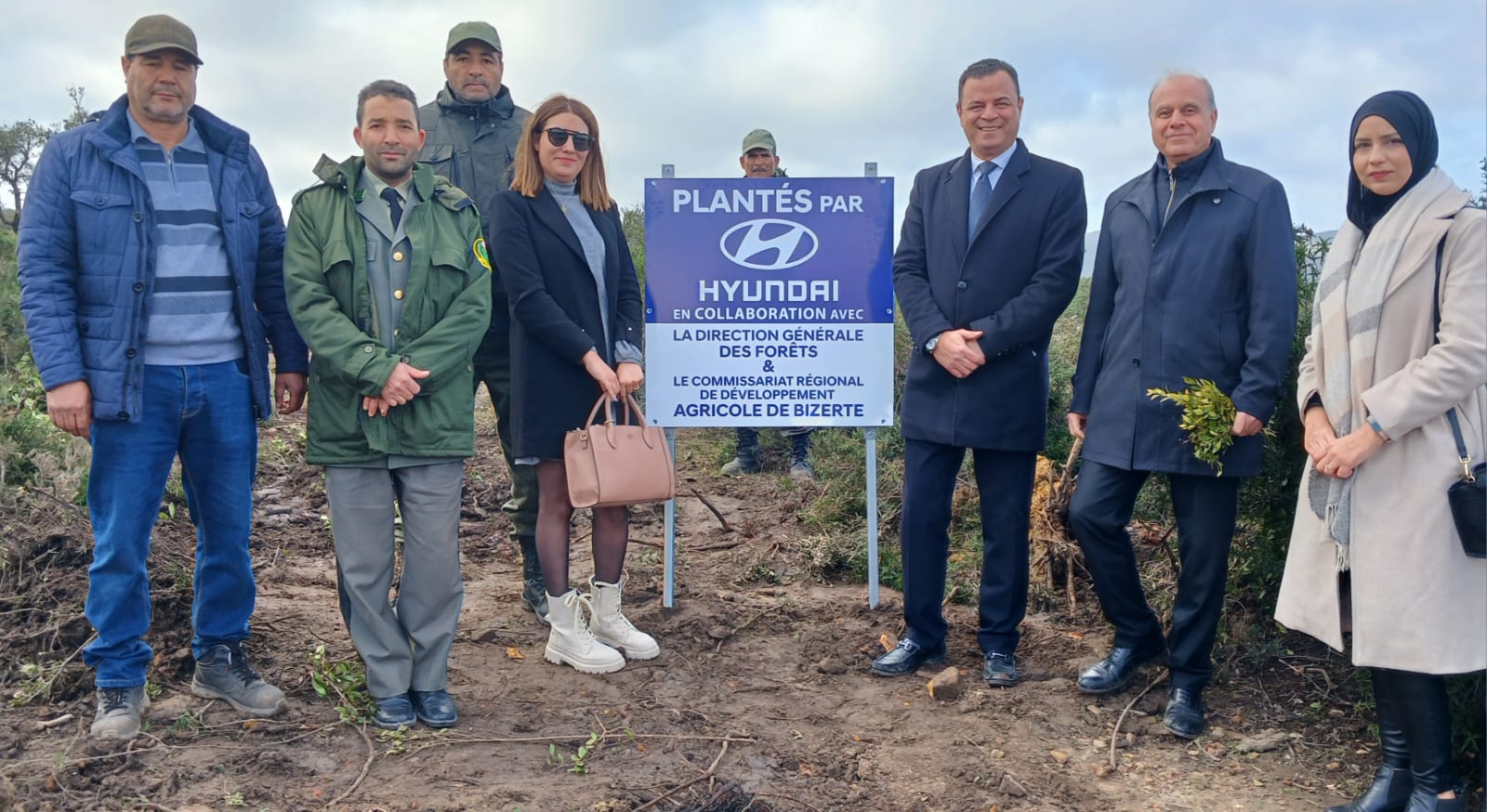
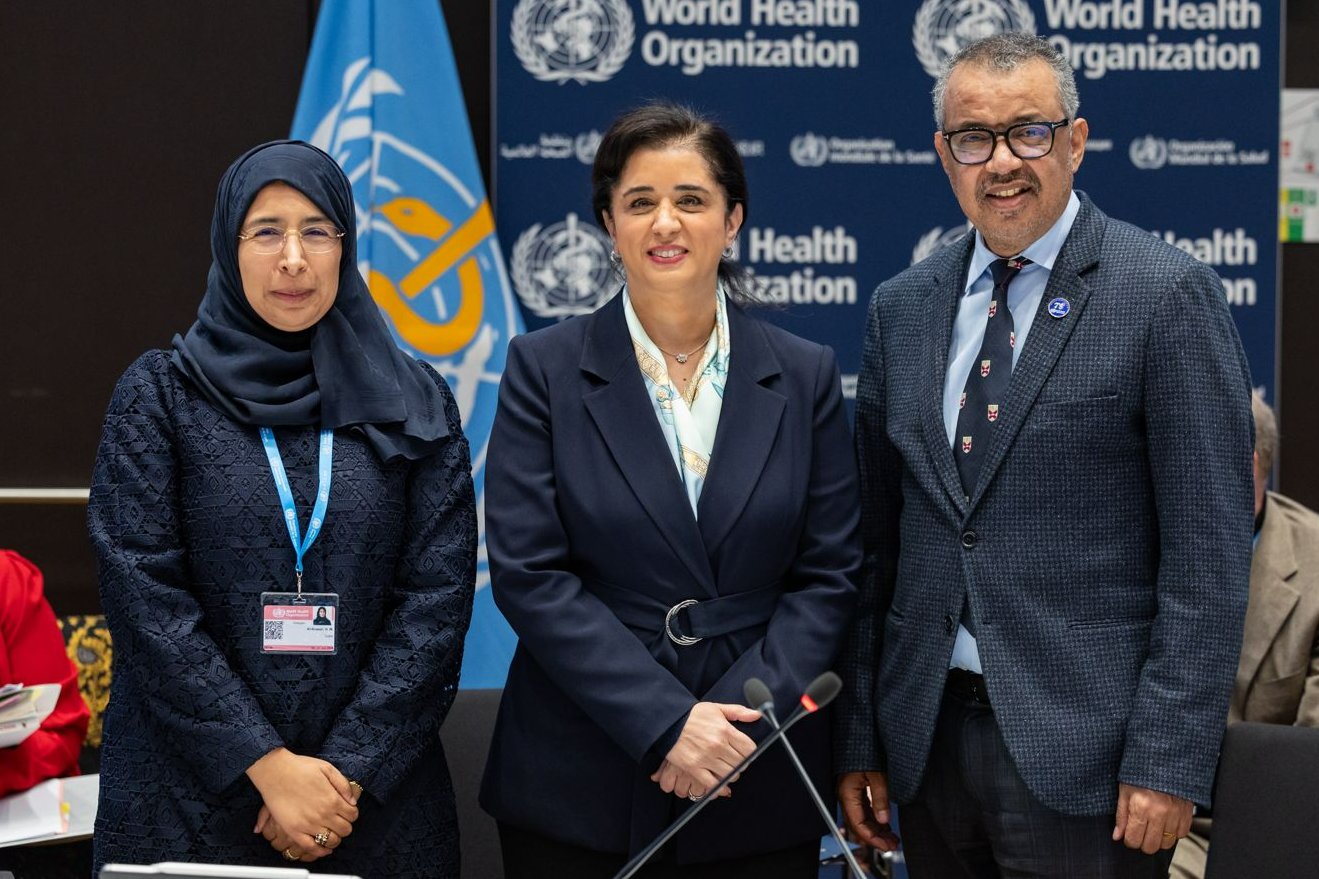

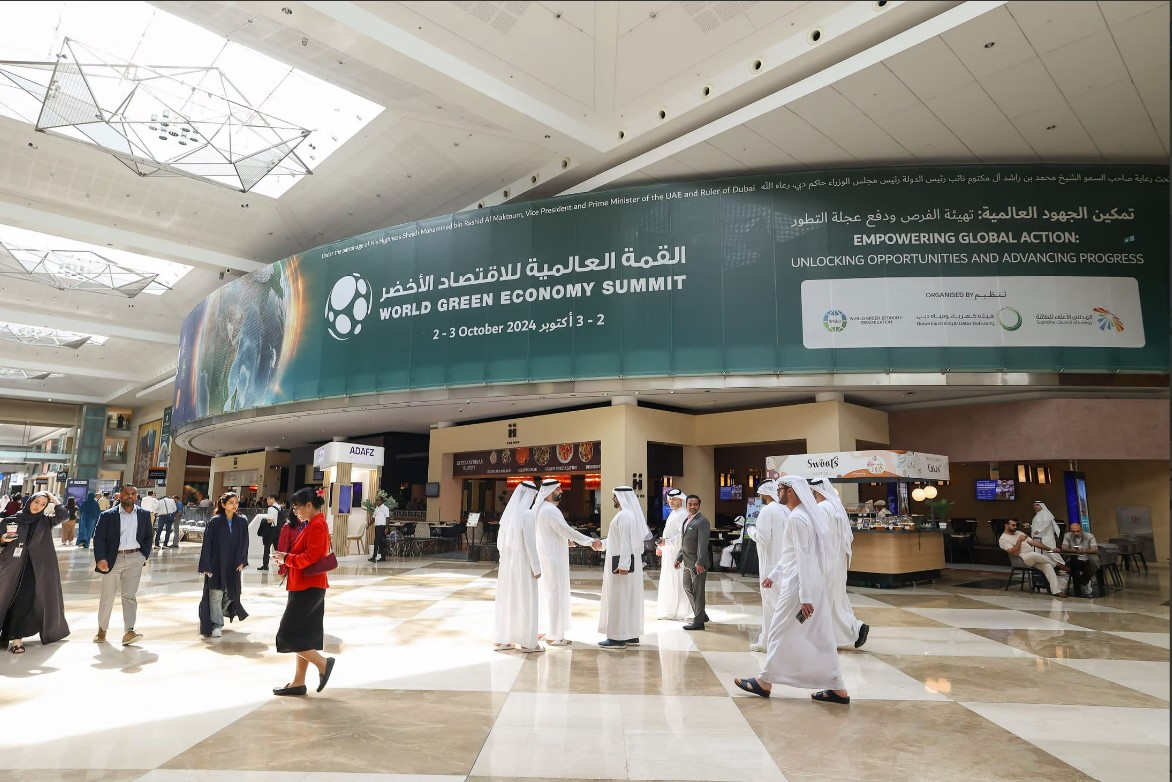



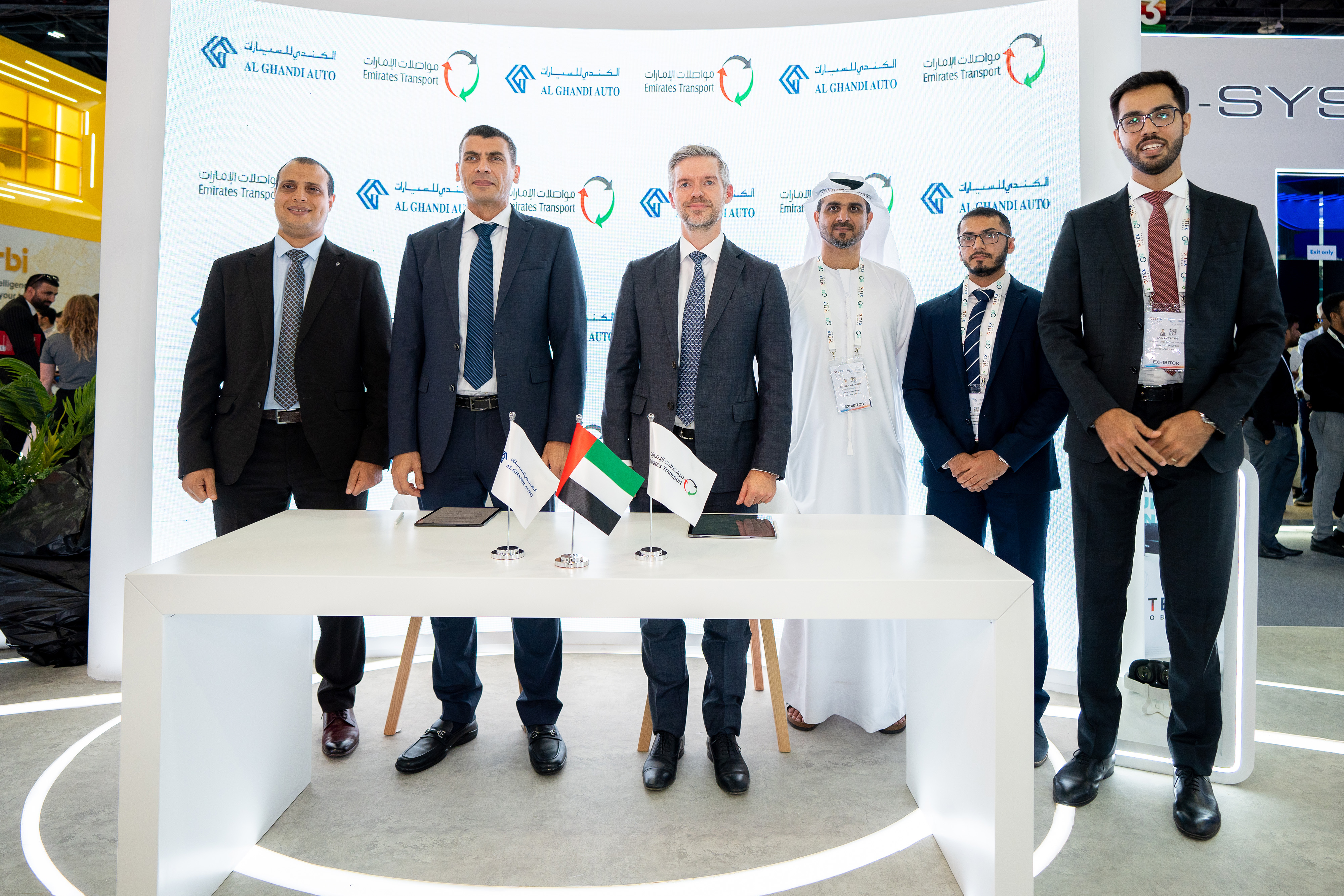
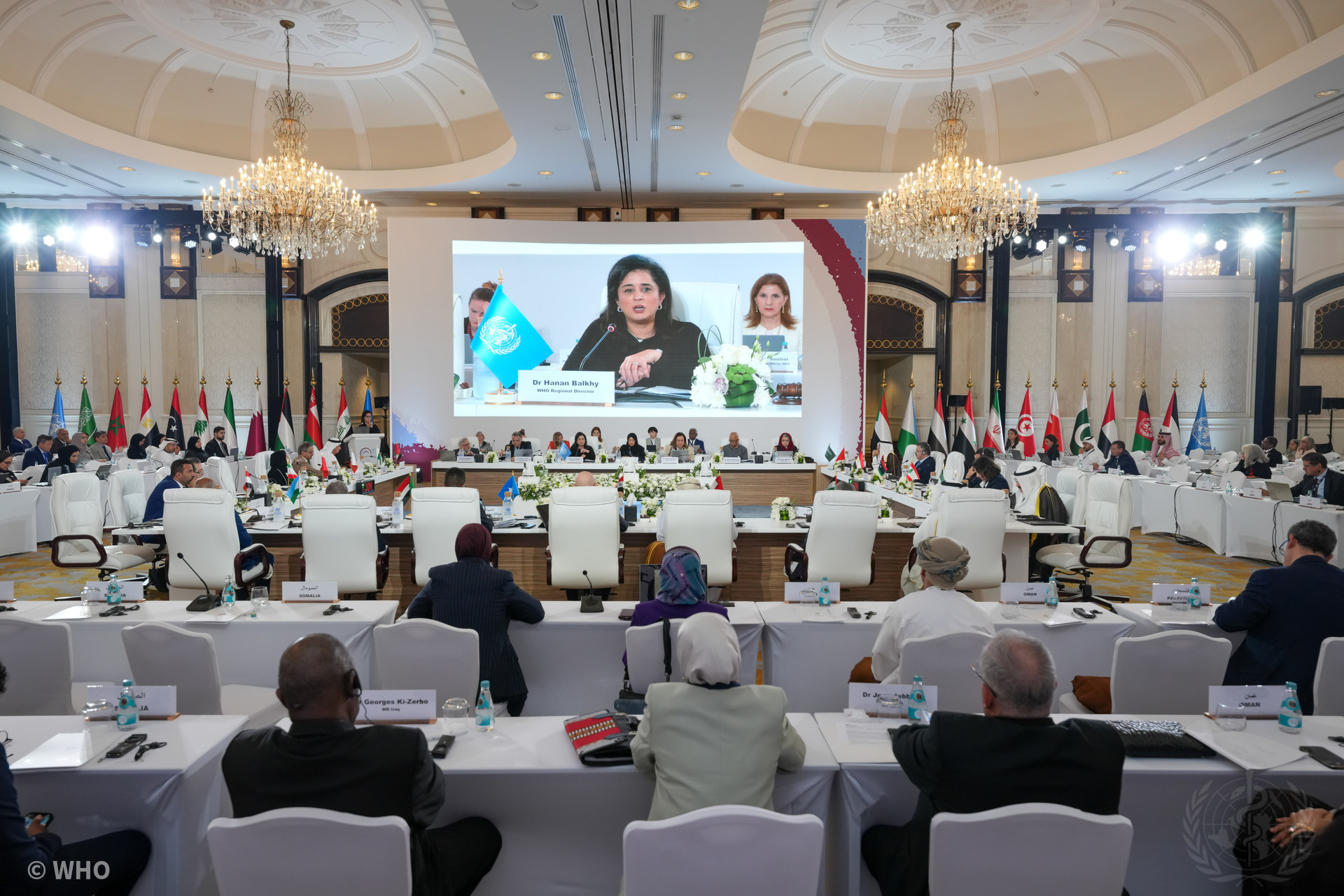

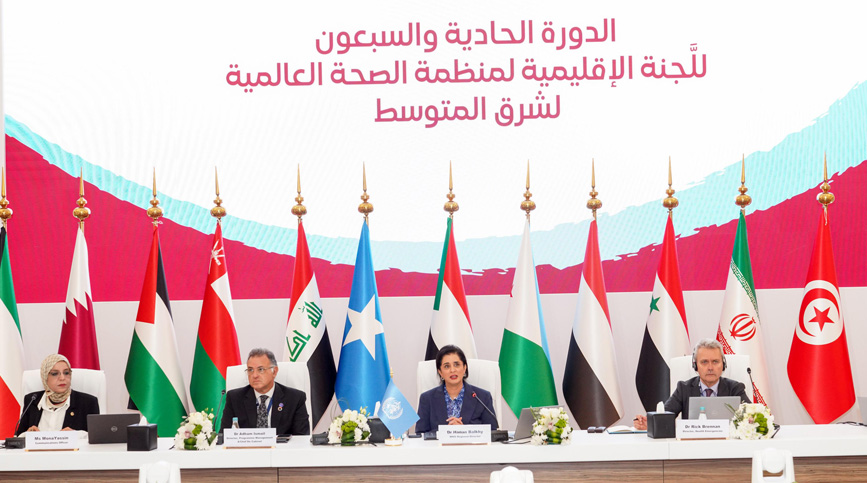
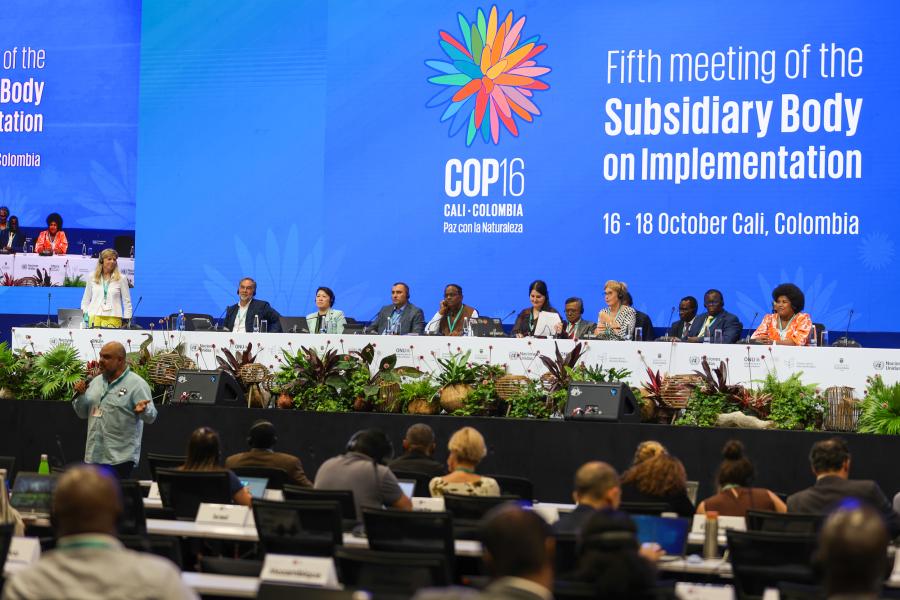

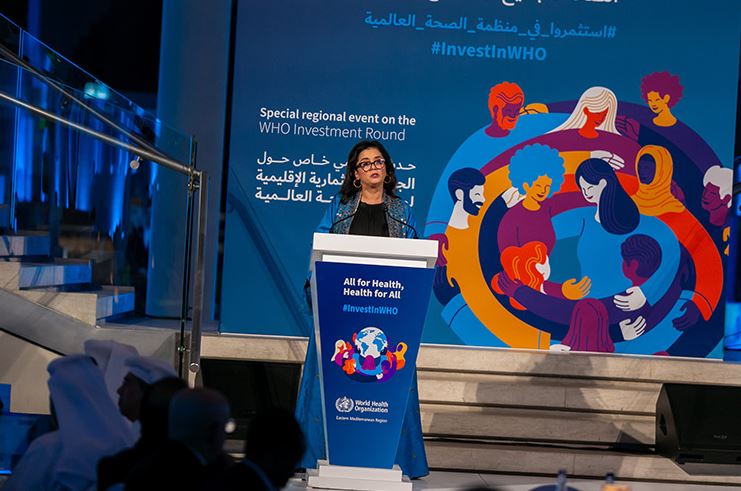

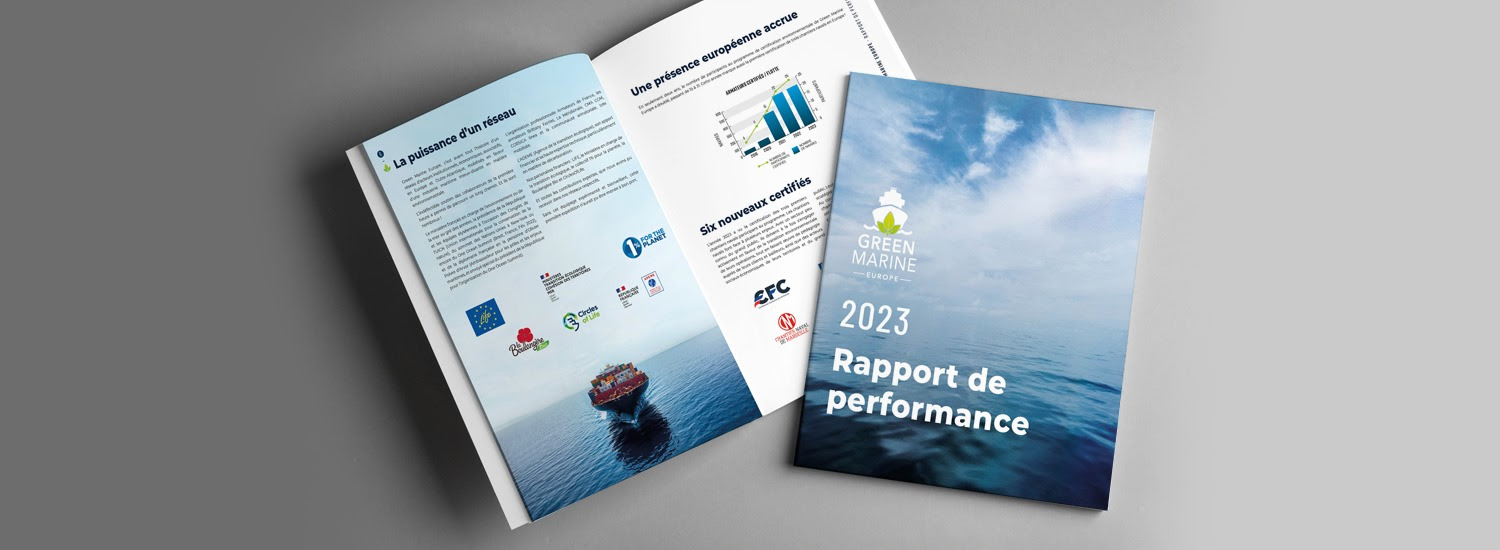
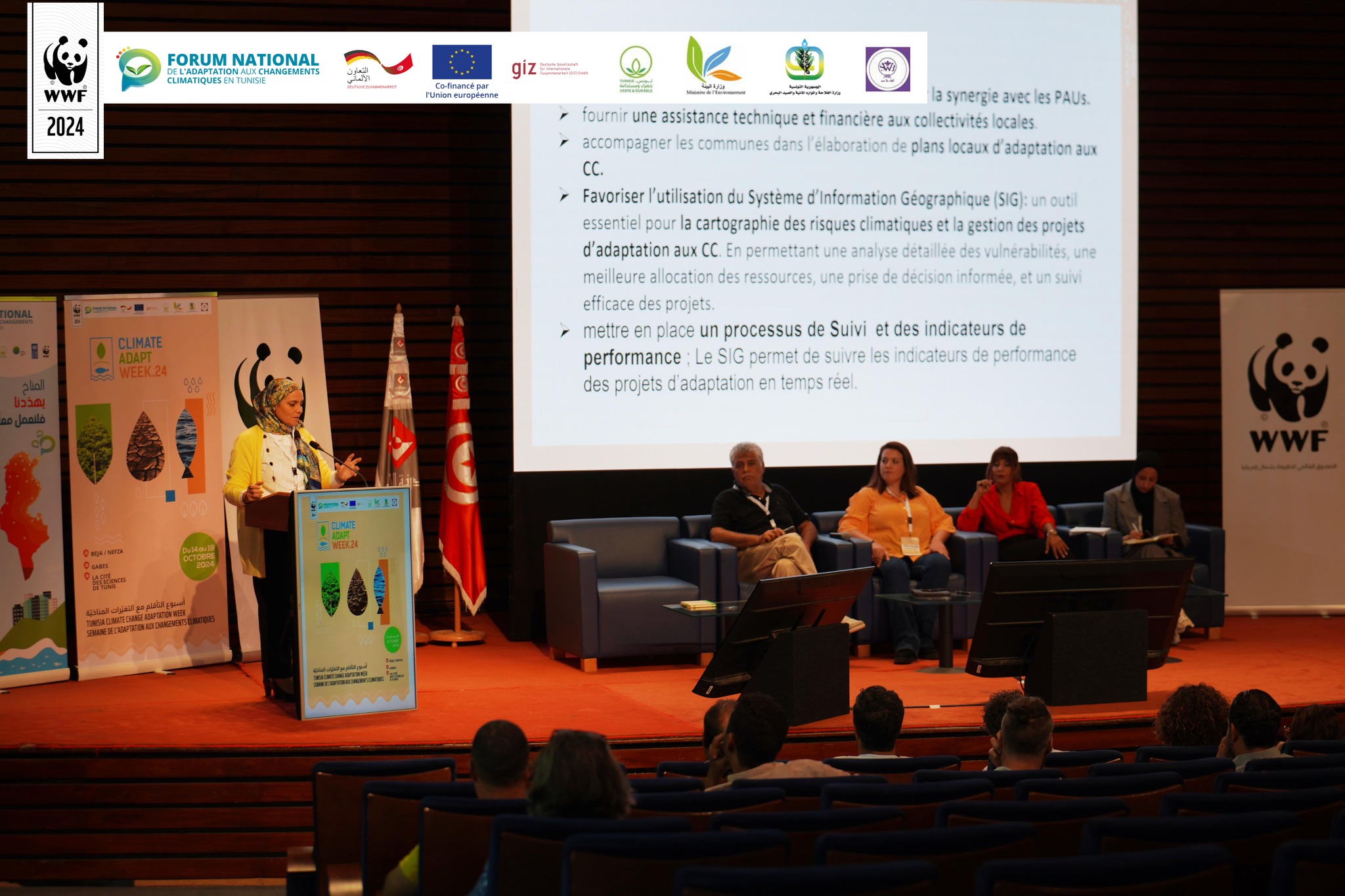
.jpg)
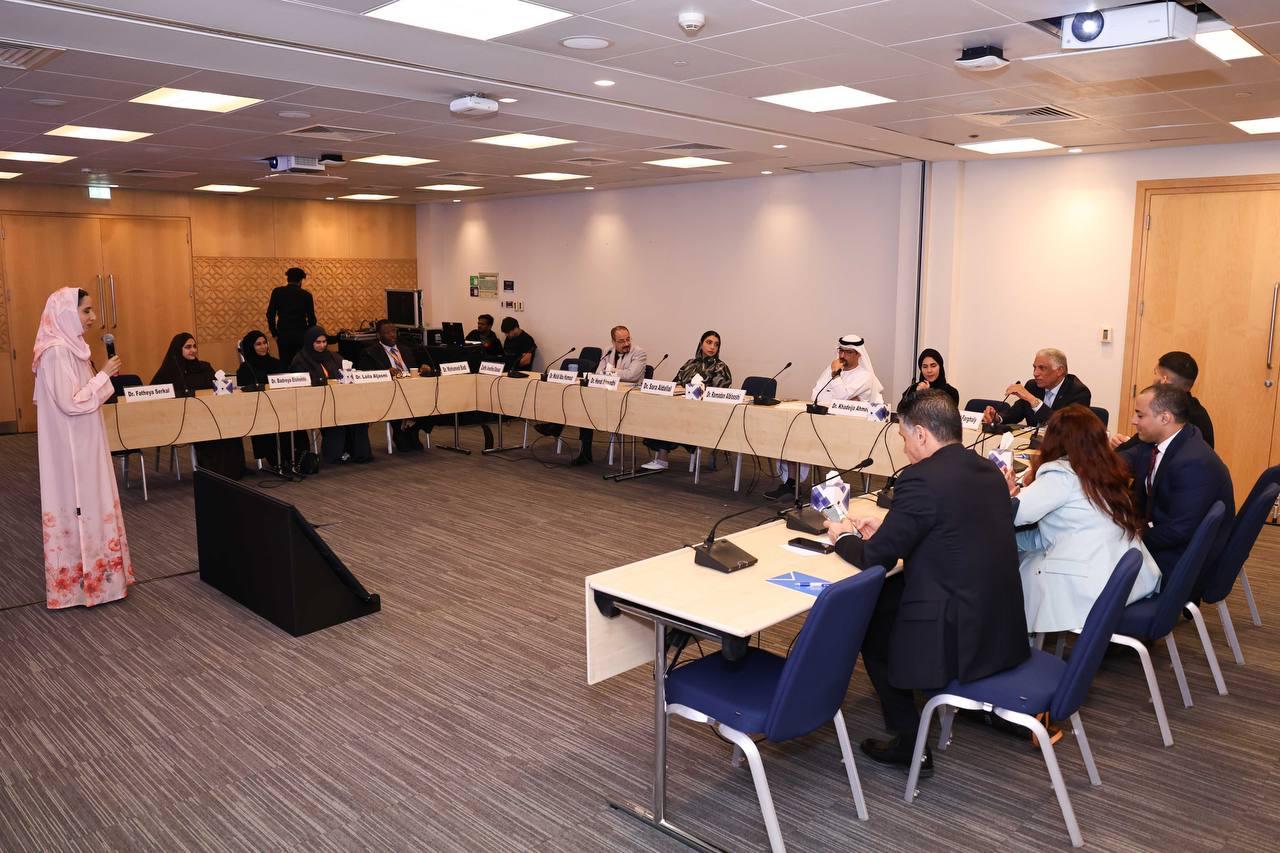





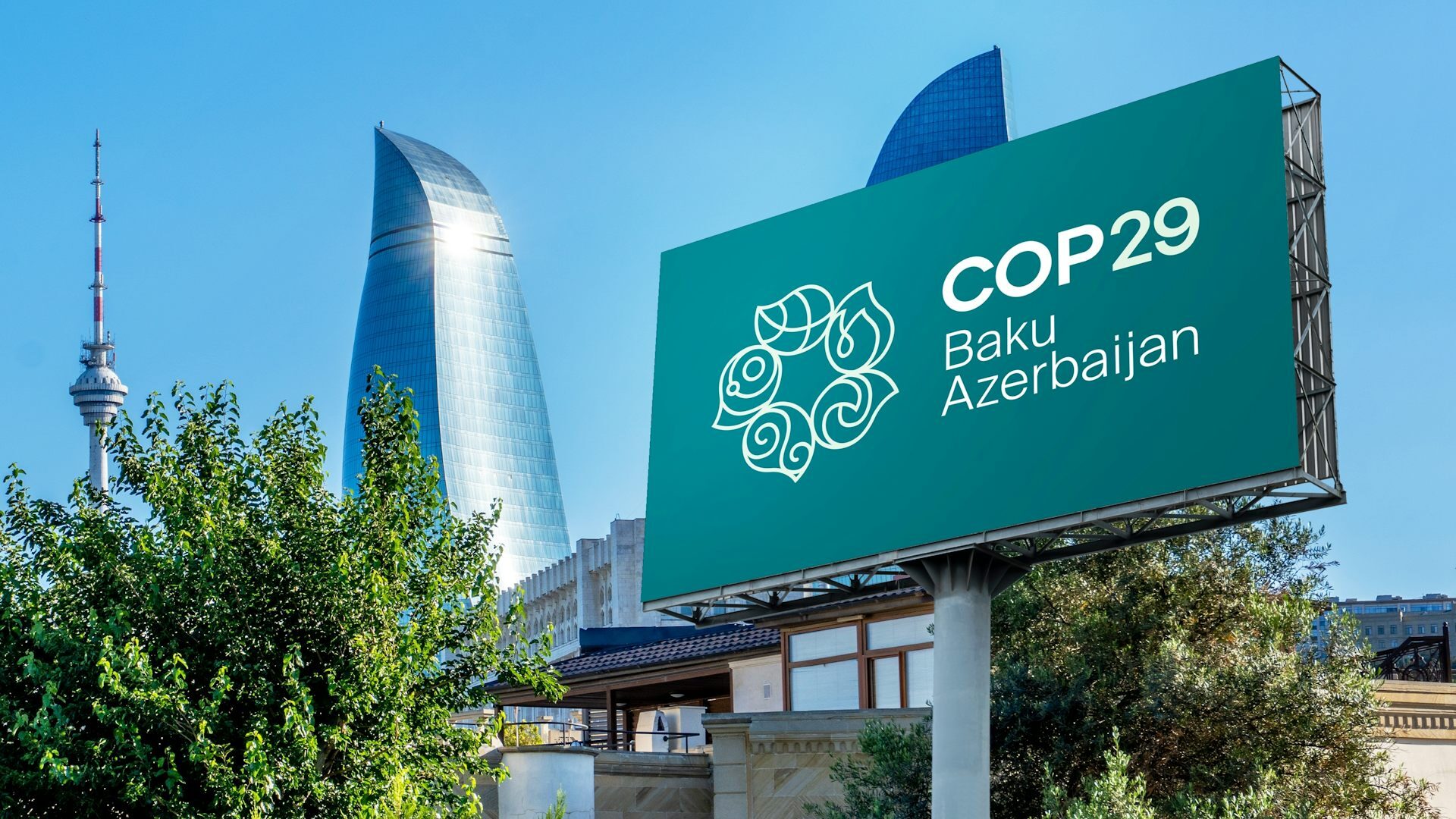



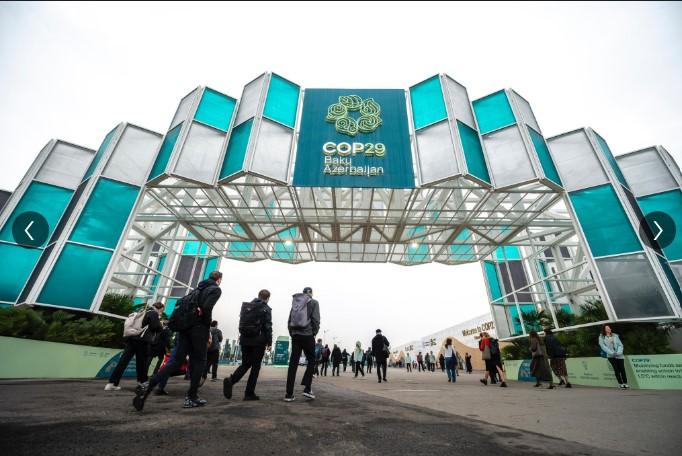
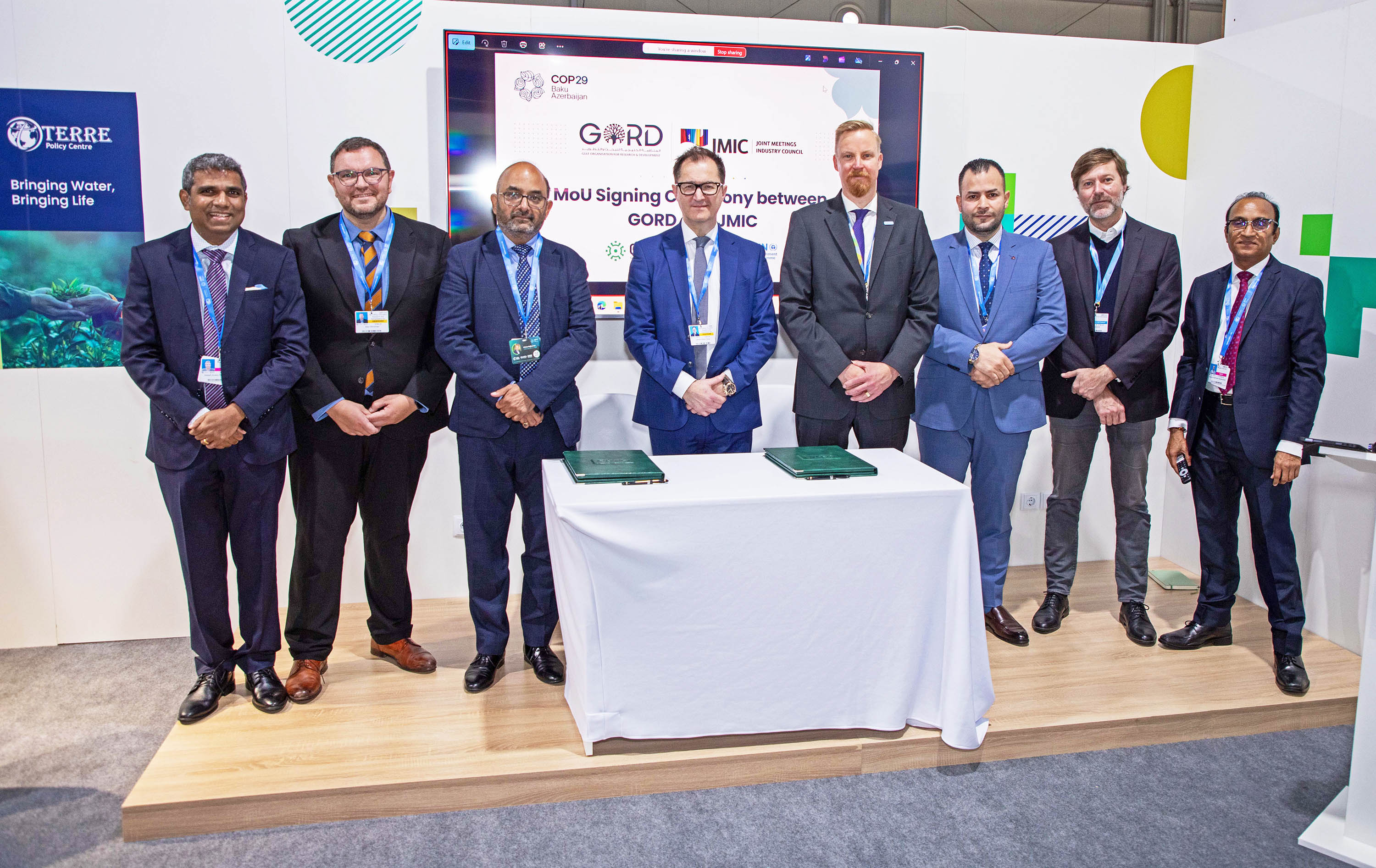


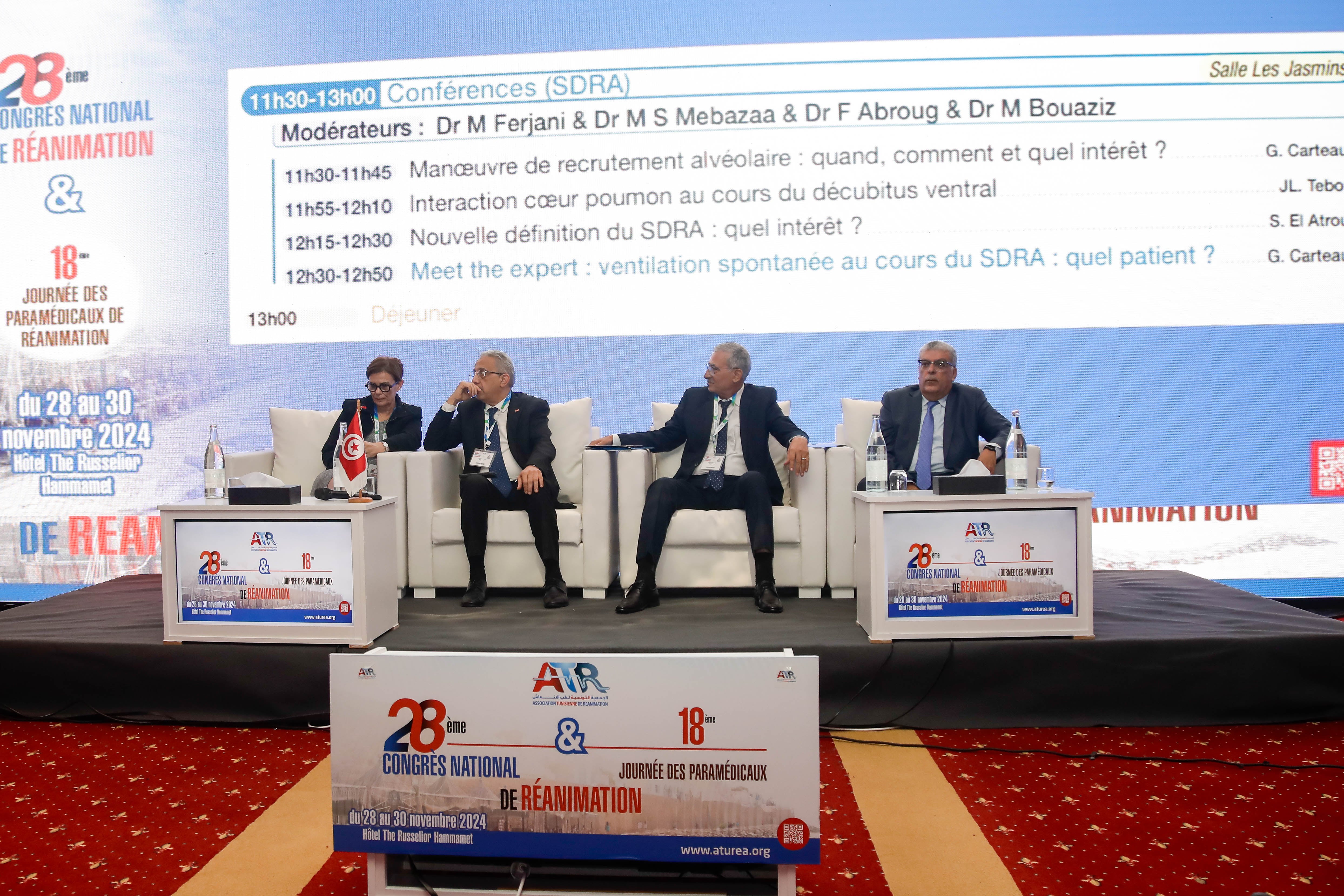

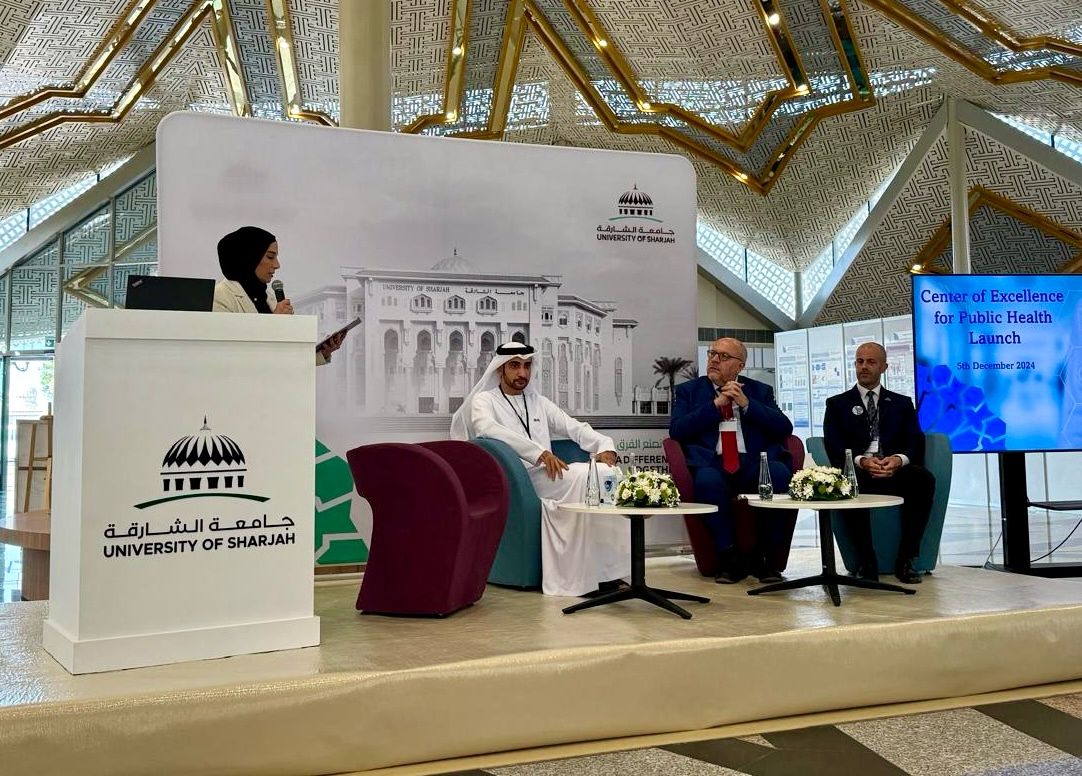






Add Comment